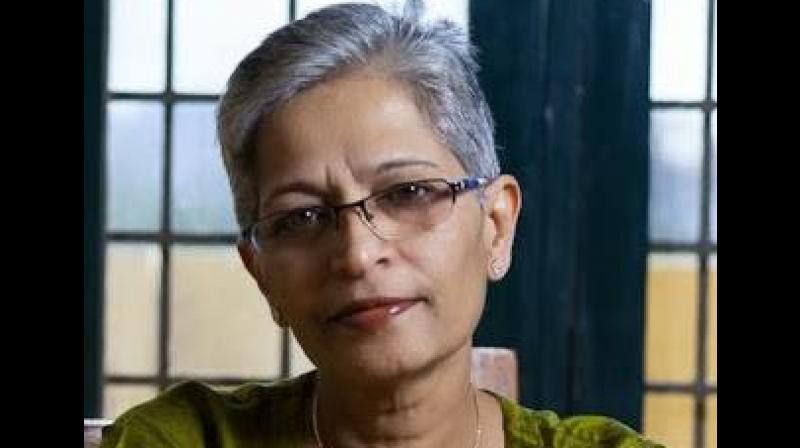Cracking the case not easy

The investigation into the assassination of the Left-leaning journalist Gauri Lankesh poses innumerable challenges for the Karnataka police as she wore several hats at the same time — woman journalist, editor, activist, champion of civil liberties and free speech with strong views on politics and society. The case is sensitive and sensational at the same time. This murder, coming as it does after two years of a similar case of Dr M.M. Kalburgi at Dharwad, which has remained undetected so far, puts added pressure on the police. They will have to work under intense nation-wide media scrutiny. Expectations from the political dispensation, both the ruling party and the opposition, would be no less. Similar would be the demands from the general public as they find it difficult to come to terms with this gruesome murder. Death by gunfire in an urban area triggers panic and insecurity.
Gauri had several admirers and fans which far exceed the numerous avid readers of the Lankesh Patrike. The major challenge to the investigating officer comes from these extremely high expectations a cross-section of society. The investigation will be subjected to frequent review by the powers that be and questioned and scrutinised by the media on a regular basis. The police leadership at all levels has its job cut out. This would be the time for them to demonstrate their character and ability to withstand pressure and ensure interstate coordination and scientific investigation without succumbing to the temptation to resort to a quick fix.
Boosting the morale of the investigating team through guidance, encouragement, support with resources and shielding them from demoralising criticism would be critical. A case of this nature has its inherent constraints and challenges as well. Although the first respondent is expected to be the investigating officer, in reality, curious visitors and onlookers often disturb the scene of crime before the police arrive. The thumb rule in any investigation is to proceed from “crime to criminal”. The murder occurred at 7.45 pm, and the absence of streetlights poses the problem of identification of the accused. That there seem to be no witnesses is another constraint. The CCTV footage and cellphone analysis are expected to provide vital clues. It is easy for the assailant(s) to leave the city and disappear among the vast multitudes. Early apprehension of the criminal would help collect better evidence.
(The author is former director general and inspector general of police, Karnataka.)

